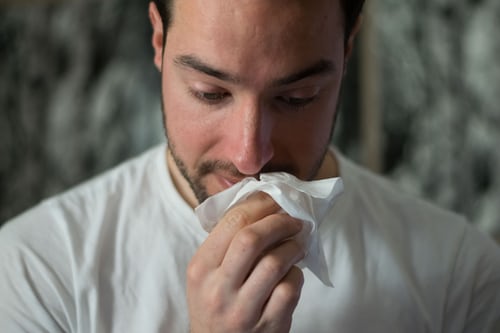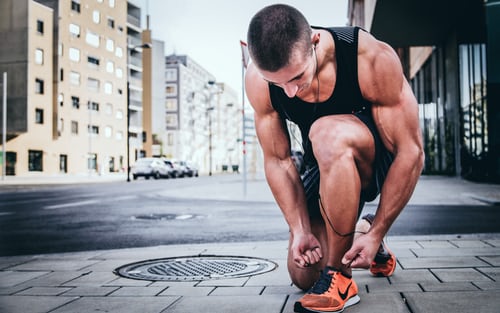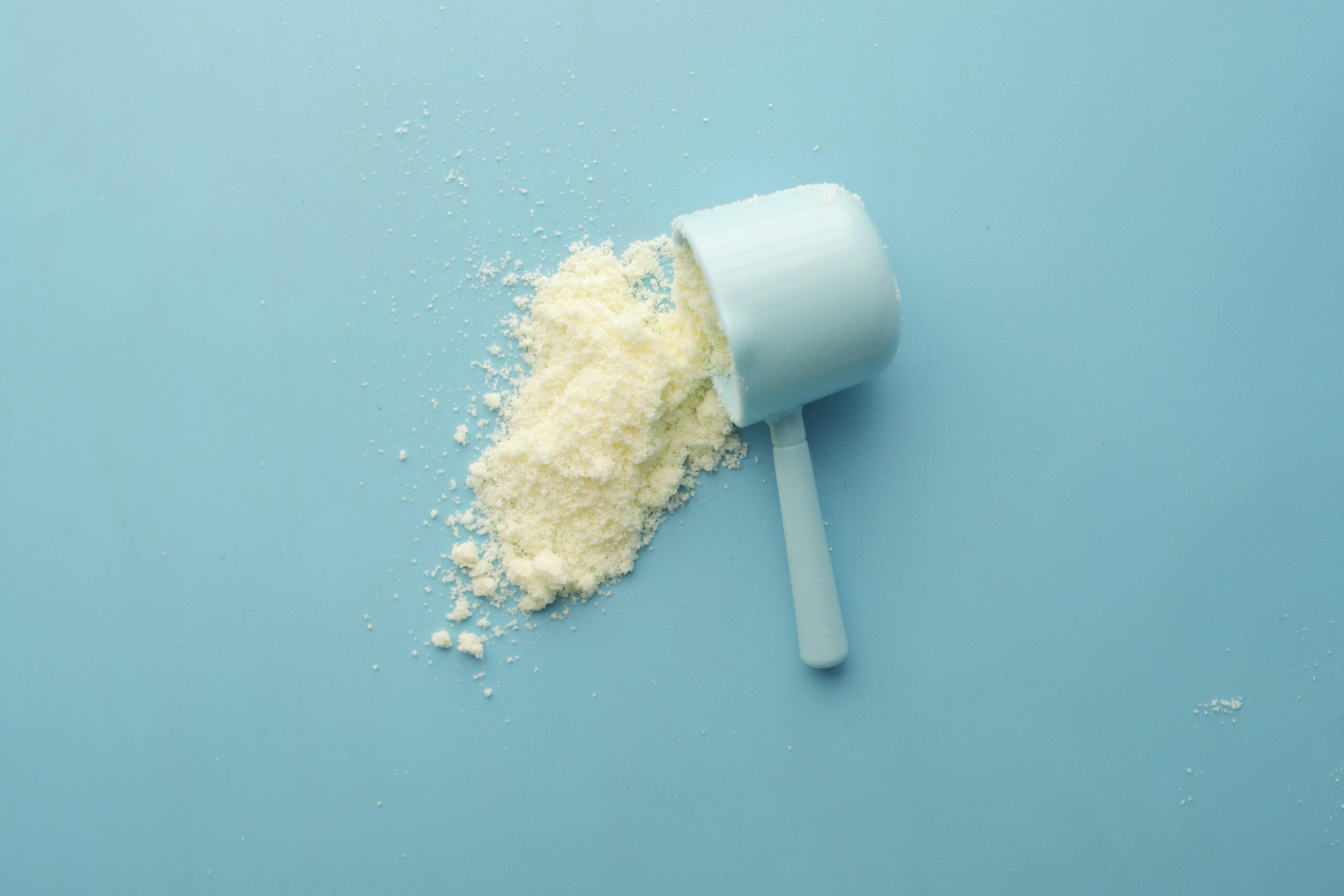Exercise is great for our health, yes!? So, the more the better, yes? Well, as with most things when it comes to our health there’s a little bit of yes and a little bit of no mixed together in the answer to this.
It’s super easy to find information about how wonderful moving your body is for your health and it’s for exactly this reason we’re going to look at the other side -the little bit of no side. That is what happens to your body when you get too much of a good thing and it becomes well far from a good thing.
In this post I’m going to briefly describe 7 significant “side effects” of overexercise no one may have told you beginning with…
1. Low Libido and Fertility

Overexercise or exercising in a chronically energy deprived state affects all your hormones including your sex hormones (testosterone and oestrogen).
In both males and females this has the effect of decreasing your interest in and enjoyment of sex as well as lowering your ability to conceive. Extremely heavy exercise (>60mins/day) has been associated with an increased risk of anovulation1 (no ovulation) a common cause of infertility.
2. Anxiety

Exercise can become addictive and while this may sound trivial or even fun and a healthy thing to be “addicted to” it’s not trivial, it’s not fun and it’s far from healthy.
If you feel the compulsive need to exercise, are exhausted or anxious when you miss a workout, find yourself mulling over and over thoughts about exercising and no matter how much reassurance you get you can’t let go of the need to know when you’ll get your next “hit” and the thought of missing a “workout” stresses you out then those workouts likely aren’t as “healthy” as you think.
3. Depression

Overexercise can lead to a decrease in production of the hormone serotonin or what is commonly known as the “happiness hormone” and it’s not too hard to figure out what effects a decrease in the happiness hormone has on your happiness.
On top of this overexercise leaves your body in a constant state of stress. While a little bit of stress is good chronic stress causes chronic inflammation and chronic inflammation has been implicated now in a number of diseases including depression. When we are constantly stressed our minds are geared towards staying alive rather than expansion, creativity and engagement with the world.
4. Osteoporosis

Weight bearing physical activity is good for developing and maintaining bone strength and preventing osteoporosis but too much has the opposite effect.
Women are at particular risk of osteoporosis from excessive exercise because overexercise can lead to decreases in oestrogen production which while more commonly known for its role as a sex hormone also has an important role in maintaining bone health. When your oestrogen production decreases it pulls minerals including calcium from your bones and increases your risk of osteoporosis, broken bones and stress fractures.
5. Heart Problems

You’ve probably heard that exercise is good for your heart and it is. That is to a degree.
While people who do regular physical activity at lower intensity (even at the level of just one 30 minute walk a week) have been shown to have lower risk of heart problems than those who do no exercise those who do higher levels of intensity exercise for example running more than three times a week for long periods of time (more than 60minutes) are no better off than those who do no exercise.
Overexercise (long-term and strenuous) overrides our body’s ability to adapt to the stress and rather than strengthen our heart it wears it down. If you think about it this makes sense because while humans are certainly built to move, we’re not built to run for hours on end daily.
Overexercise can cause the walls of your heart to become enlarged and thickened through the formation of scar tissue as well as cause arterial inflammation. All of which compromises the smooth and consistent flow of blood to where it’s needed in your body.
Basically, overexercise causes your heart to become old before it’s time which increases your risk of irregular heartbeat, heart attack sudden cardiac arrest and other complications.
6. Decreased Immunity

Strenuous activity has been associated with reduced immune function2-6. For up to 72 hours following an intense exercise session the functioning of your immune system is decreased.
During this time your body is less able to fight off and protect you from bacteria and germs. Which means if you’re continuously finding yourself run down and catching every cough and cold that’s going around it might be worth taking a look at your exercise routine and assessing whether or not you are giving your body adequate time and nutrition to recover between sessions.
7. Tooth Damage

Exercising at high intensity for long periods of time decreases your saliva flow and this increases the acidity of your mouth as one of the roles of saliva is to keep the pH of your mouth as close to neutral as possible to prevent damage to tooth enamel as well as growth of cavity-causing bacteria.
When the time you spend exercising is excessive (some studies say more than 9 hours a week) your risk of damage to tooth enamel, developing tooth caries (holes) and tooth decay is greatly increased.
That’s a pretty extensive and important (and by no means exhaustive) list for something many people have only thought of or heard is great for you! #fitspo
So, How Much Is Too Much?

It depends.
I was going to quote figures from studies, but I decided to scrap that because ultimately the only thing that can tell you how much is too much is your body and while I can give big generalisations there really are too many contributing factors at play for this to be helpful to you specifically.
At the end of the day if you’re unsure whether you are overexercising no study or outside advice is going to help you because the place you need to start is getting in touch with your body. Investing the time and energy into getting to know and trust yourself is the only thing which will truly lead to your health and happiness.
What Actually Is Physical Activity?

If we take a step back and use the definition in the context it is used within the Australian physical activity guidelines, physical activity is any bodily movement produced by one or more large muscle groups, for movement as part of: leisure (including sports, exercise and recreational activities); transport (for example walking or cycling to get to or from places); and occupation (including paid and unpaid work like lifting, carrying or digging).
As you can see physical activity goes far beyond a structured gym routine or exercise for the sole purpose of “working out”.
How Much Physical Activity Is Good Then?

The current Australian physical activity guidelines7 for improved blood pressure, cholesterol, heart health, as well as muscle and bone strength for healthy adults between the ages of 18-64 recommend the following (keep in mind that there are many circumstances in which these guidelines do not apply such as for those in recovery from exercise addiction or eating disorders):
- Any level of physical activity is better than none. If you currently do none start low and build up to the recommended amount.
- Be active on most, preferably all days of the week.
- Accumulate 2.5-5 hours of moderate intensity activity or 1.25-1.5 hours of vigorous intensity physical activity or an equivalent combination each week.
- Do muscle strengthening activities on at least 2 days each week.
Moderate intensity activities include:
Brisk walking, swimming, social tennis and dancing.
Vigorous intensity activities include:
Aerobics, jogging and many competitive sports.
Top 3 Take Away Messages

The benefits of physical activity are dose dependant.
There are protective effects of mild to moderate intensity physical activity (including activities of daily living) against certain chronic illnesses including type II diabetes and heart disease.
Structured, planned high intensity “exercise” is not a prerequisite to health.
You do not need to go to the gym or do any form of “workout” to be fit, strong and healthy.
You can be fit, strong and healthy purely through engaging in the physical activities involved in daily living and moderate exercise such as walking.
Ask yourself why you are doing the exercise you’re doing.
Do you enjoy exercise or are you “forcing” yourself? Does your exercise “routine” get in the way of your spending time with friends or family?
If you know in your heart of hearts that your exercise is not supporting your mental joy and freedom, I can guarantee that it is not doing shit for your physical health because the two are not mutually exclusive.
In Summary

Finally, in no way am I saying exercise in and of itself is bad and there are some clear health benefits to being physically active rather I want your reading this to have opened your awareness of when exercise is not all good.
The above 7 side effects are designed to help you reassess your relationship with exercise because there is nothing sadder to me than when I know the intention of a behaviour is good but the “strategy” is not supporting that good intention (for example overexercising in an attempt to have additional health gains).
I also want you to know that it takes more than an intellectual understanding to change. Which means if you have health goals you want to reach, reach quickly, with fun and have those goals last a lifetime then get in touch with me today because helping others to connect to themselves in order to create and support their natural and genuine health and authentic happiness is my passion and specialty.
With my whole heart I trust you found this information useful and inspiring;

Become Great. Live Great.
Bonnie.
Reference
- Hakimi O and Luiz-Claudio C. Effect of Exercise on Ovulation: A Systematic Review. Sports Med. 2017. 47:1555–1567.
- Gleeson M. Immune function in sport and exercise. Appl. Physiol. 2007;103:693–699.
- Gleeson M, Pyne DB. Exercise effects on mucosal immunity. Cell Biol. 2000;78:536–544.
- Peters EM, Bateman ED. Ultramarathon running and upper respiratory tract infections. An epidemiological survey. Afr. Med. J. 1983;64:582–584.
- Nieman DC. Exercise, upper respiratory tract infection, and the immune system. Sci. Sports Exerc. 1994;26:128–139.
- Heath GW., Macera CA, Nieman DC. Exercise and upper respiratory tract infections. Is there a relationship? Sports Med. 1992;14:353–365.
- Australia’s Physical Activity & Sedentary Behaviour Guidelines for Adults (18-64 years). Australian Government. The Department of Health. Available online at https://www.health.gov.au/internet/main/publishing.nsf/Content/health-pubhlth-strateg-phys-act-guidelines#npa1864




4 thoughts on “7 “Side Effects” No One Told You About Overexercising”
great submit, very informative. I’m wondering why the other experts of this sector don’t understand this.
You should continue your writing. I am sure, you have a huge readers’ base already!
Thank you for your feedback.
I see you don’t monetize fuellingsuccess.com, don’t waste your traffic, you can earn extra bucks every month with new
monetization method. This is the best adsense alternative for any
type of website (they approve all sites), for more details simply search in gooogle: murgrabia’s tools
Hi Jack, I’m not actually interested in monetising my site but thank you for your advice.